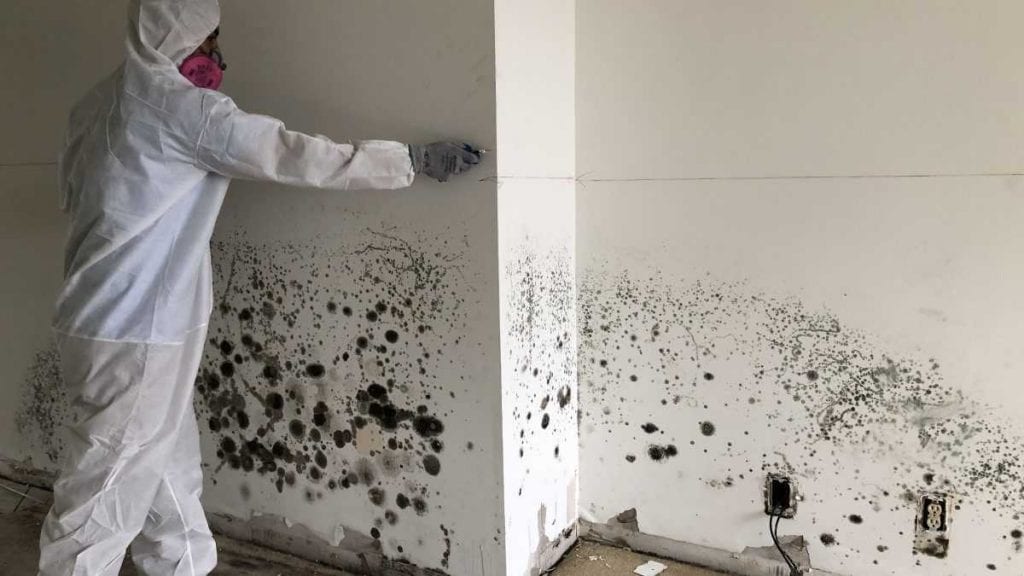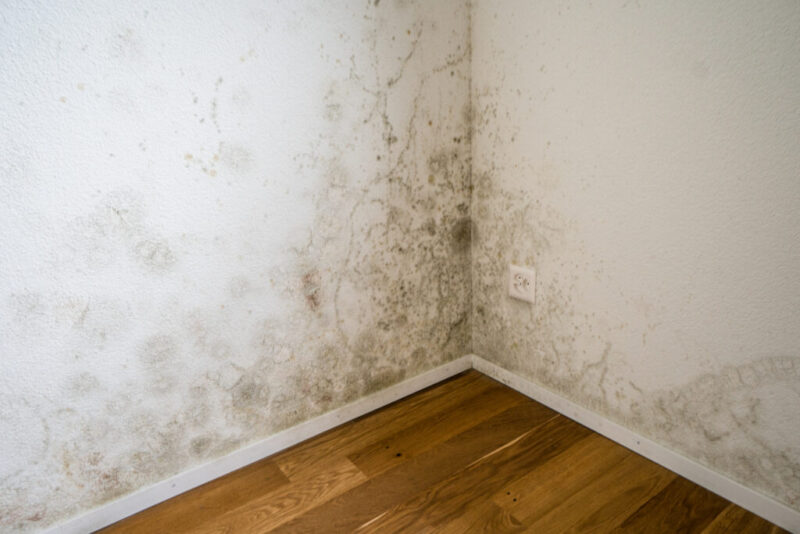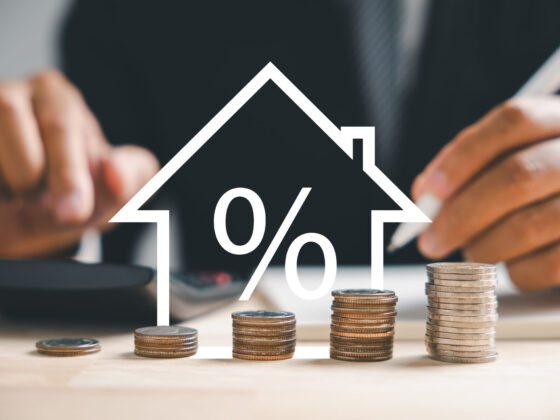Mold is more than just an unsightly blemish on your walls; it’s a stealthy intruder that can wreak havoc on your home and health. Have you ever noticed a strange, musty smell lingering in the air? Or perhaps tiny black spots creeping along your bathroom tiles? These seemingly innocuous signs could be the tip of the iceberg, hinting at a much larger issue lurking behind the scenes.
Ignoring these red flags might lead to costly damage and serious health implications for you and your loved ones. As we delve deeper into the telltale signs of mold, arm yourself with the knowledge needed to safeguard your sanctuary.
Don’t let mold take root in your home—let’s uncover the clues that could save you from a world of trouble.
Health Risks Associated with Mold Exposure

Mold exposure poses significant health risks that should not be underestimated. Individuals may experience a range of symptoms, from mild allergic reactions like sneezing and skin irritation to more severe respiratory issues, especially for those with asthma or weakened immune systems.
Prolonged exposure can exacerbate these conditions, leading to chronic headaches, fatigue, and even neurological issues in extreme cases. Children and the elderly are particularly vulnerable; their bodies may react more intensely to mold spores in the air.
Furthermore, certain types of mold, such as black mold, produce mycotoxins that can have devastating effects on health over time. Recognizing the signs of mold in your home is not just about aesthetics—its about protecting your well-being.
Ignoring these warning signs could lead to a long-term battle against persistent health issues, making it imperative to address any potential growth promptly.
Sneezing, Coughing, and Other Reactions

Sneezing, coughing, and a multitude of other respiratory reactions can often be overlooked as mere seasonal allergies or the common cold, yet they may unravel a deeper, pressing issue: hidden mold. Imagine entering a room when you suddenly feel that familiar tickle in your throat, followed by an unstoppable sneeze.
What if these irritating responses are not just coincidental, but instead a dire signal from your body alerting you to mold exposure? Mold spores, microscopic and insidious, can trigger a cascade of reactions, from mild irritation to severe respiratory distress, especially in sensitive individuals. If you find yourself frequently battling a dry cough or persistent nasal congestion while nestled comfortably in your own home, it may be time to explore the possibility of mold lurking nearby.
Ignoring these symptoms could lead to more significant health complications; thus, paying attention to how your body responds could be critical in safeguarding your well-being.
How to Identify Hidden Water Damage

Identifying hidden water damage in your home can be a challenging task, but certain indicators can guide you in the right direction. Begin your investigation in seemingly innocuous areas such as behind appliances or beneath sinks—these often-overlooked spots can harbor dampness and mold growth.
Look for discoloration on walls or ceilings, a sure sign of potential moisture issues lurking just out of sight. Dont forget to check windows and doors; condensation can seep into frames, leading to rot and structural damage.
Additionally, listen for unusual sounds: a dripping or running noise may point to hidden leaks within the plumbing system. Remember, even a slight musty odor can be a telltale sign of water damage, signaling you to dig deeper.
By staying vigilant and inspecting these key areas, you can unveil hidden water damage before it escalates into a more significant problem.
Conclusion
In conclusion, being vigilant about the signs of mold in your home is crucial for maintaining a healthy living environment. Ignoring these red flags can lead to significant health issues and costly structural damage.
Regular inspections and immediate action at the first sign of mold can make a substantial difference. If you suspect mold growth, consider seeking professional mold testing Tampa services to accurately assess the situation and ensure your home is safe for you and your family. Taking these proactive measures can help you protect your home and promote lasting well-being.


